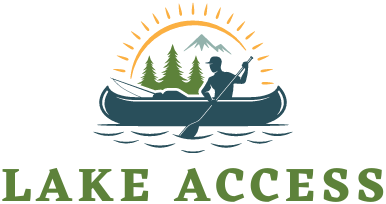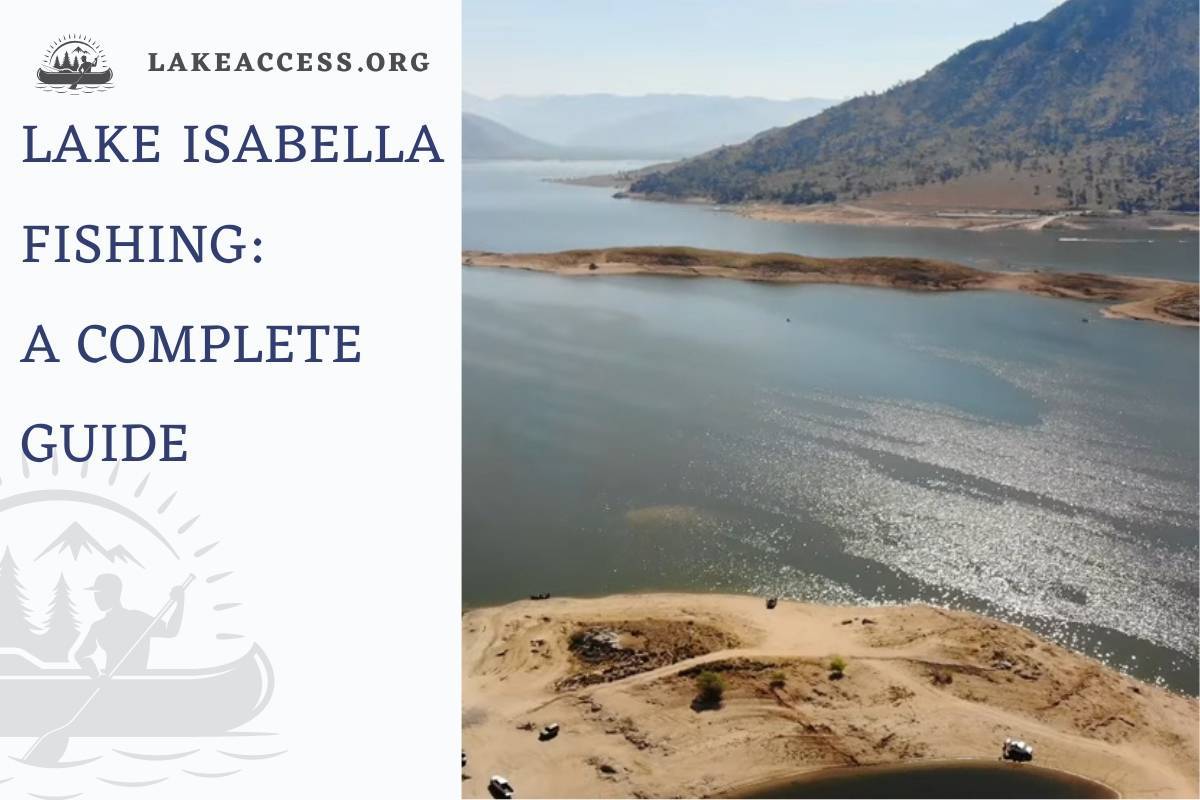Fishing is an exciting recreational activity enjoyed by millions of people worldwide. It provides an opportunity to bond with nature, relax, and catch some fish. One of the popular fishing destinations in the United States is Lake Isabella, situated in Kern County, California. This article is a complete guide to Lake Isabella fishing, from the fishing season to techniques, regulations, and tips.
How good is the fishing in Lake Isabella?
Lake Isabella is a popular fishing destination, attracting thousands of anglers every year. Its scenic beauty, diverse fish population, and accessibility make it an ideal place for fishing. Additionally, the lake offers a wide range of fishing techniques and caters to both novice and experienced anglers.

Popular fish species at Lake Isabella
Lake Isabella is home to a variety of fish species, making it an ideal place for anglers looking for a diverse fishing experience. Here are the most common fish species found in Lake Isabella:
Largemouth Bass
Lake Isabella is a great place to fish for largemouth bass. In fact, it was stocked with Florida-strain largemouth bass back in 1972! And if you’re lucky, you may even catch a record-breaking 18-pound, 14-ounce largemouth bass here as someone did back in 1984.
Even though the glory days of big bass are behind us, according to many accounts, Lake Isabella still has a diverse forage base, meaning there’s plenty of food for the fish. This lake also offers many different types of bass habitat options, so you’re sure to find something that appeals to them. Bass has a lot of great covers here, too – they love hiding in places like coves and rocky points.
The best time to go fishing for largemouth bass at this lake is during springtime when they move towards deeper water. However, the real peak season is usually May and June, when they start spawning in shallow coves.
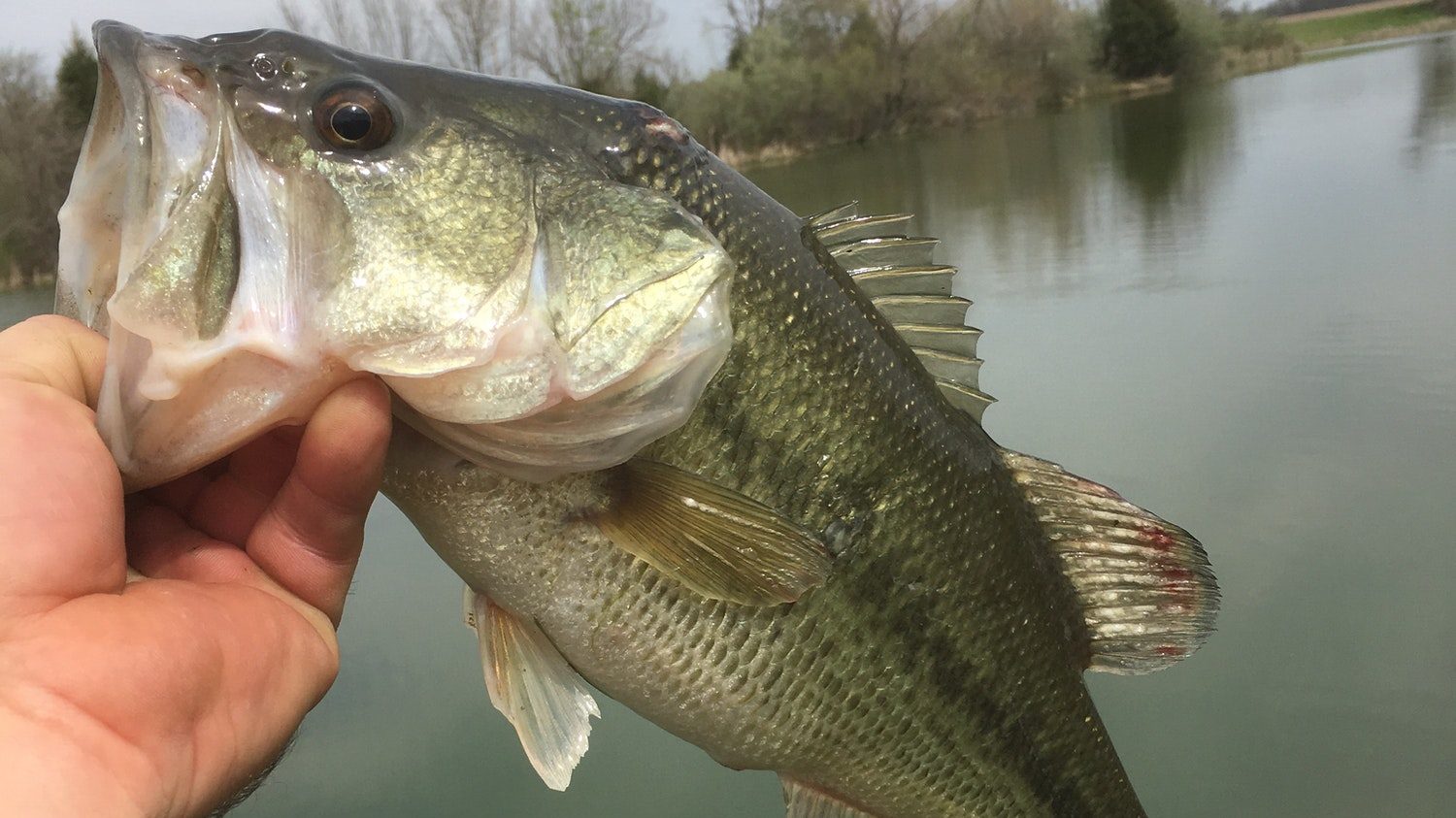
Crappie
Lake Isabella is a great place to fish for crappies. They are located in many areas around the lake, but especially in the shallow, weedy coves. The spawn is in full swing from February to May, so this is the best time to catch them. The best baits for catching crappies are minnows and jigs. Crappie fishing can most easily be done on the North Fork of Lake Isabella. There are a lot of submerged trees and brush near the French Gulch Marina, making it a popular spot for kayaks and float tubes.

Rainbow Trout
Rainbow Trout is a favorite among anglers. It’s an easy fish to catch, and it tastes great! And many people say that catching a trout can be one of the most exciting experiences in fishing. The trout gets its name from the beautiful rainbow-colored bands that are visible when the fish is caught and held against the light. These bands, which can be red, orange, yellow, or white in coloration, result from layers of pigment and color built up in the fish’s skin over time, much like a tree trunk.
Rainbow trout are a popular game fish found in many lakes and rivers throughout California. They are considered sports fish because they put up a good fight when hooked. The rainbow trout season typically starts in late winter and runs through early spring, but they can be caught year-round. The best way to catch rainbow trout is by using Kastmaster lures, Rooster Tail spinners, or Flatfish lures. These lures imitate the natural food that rainbow trout eat, so they are very effective bait. Another popular bait for catching rainbows is salmon eggs. Anglers also use marshmallows and nightcrawlers when fishing from shore.
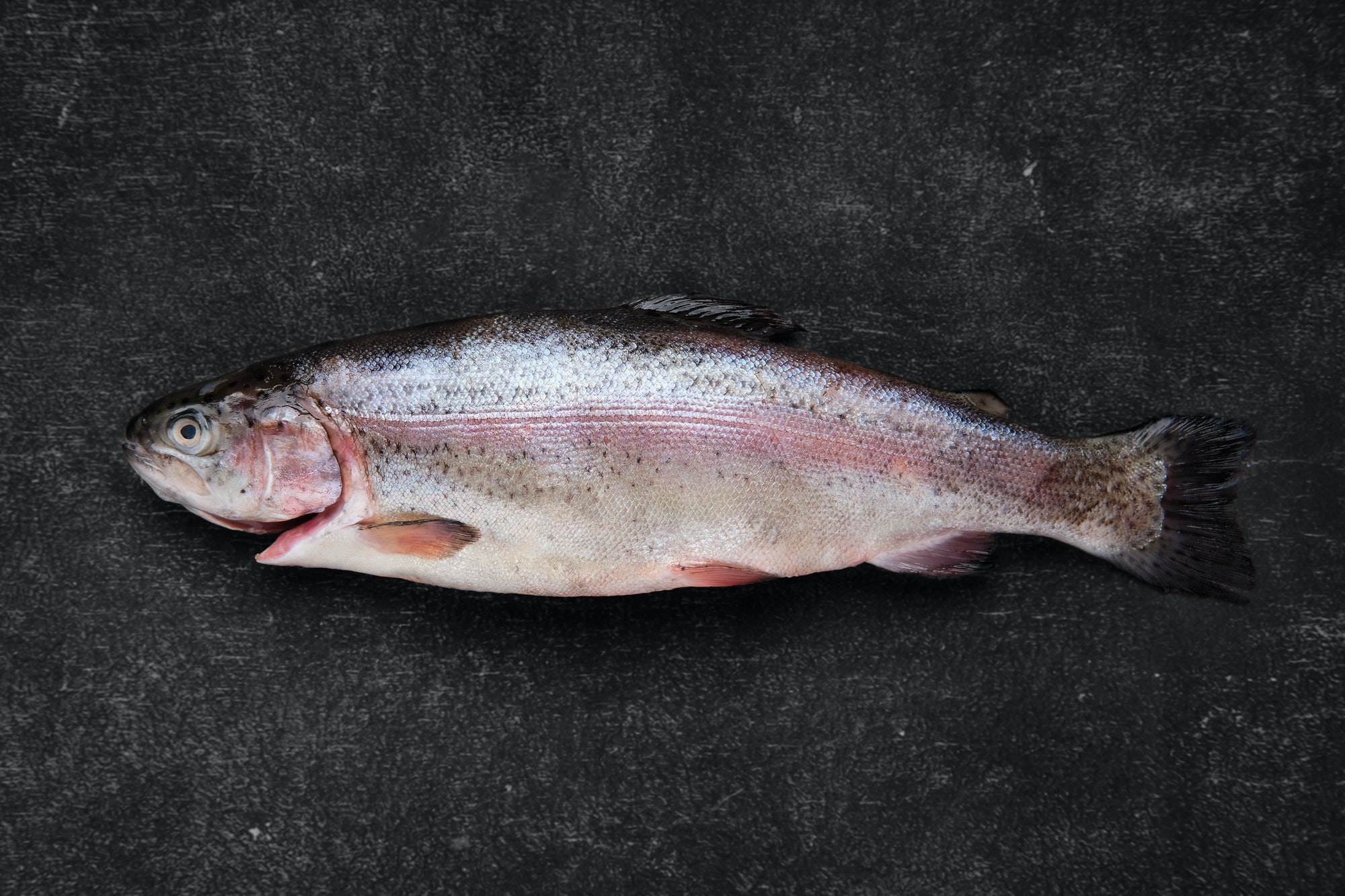
Catfish
The Catfish is a bottom-feeding fish that tends to live near the shoreline of lakes and rivers. It feeds on small animals such as insects, worms, and crustaceans by using Its barbels (whiskers) to feel around. They are typically not large fish, and some fishermen consider them pests because they steal bait from hooks or catch on fishing lines.
Lake Isabella is a great place to catch catfish. In fact, they are the most common fish in the lake. Catfish can be caught by using natural bait such as mackerel, anchovies, and clams. They can also be caught with lures or artificial bait. Catfish from 5-20 pounds have been caught in Lake Isabella, but smaller catfish make for better eating anyway. Catfish bite readily from spring through fall.
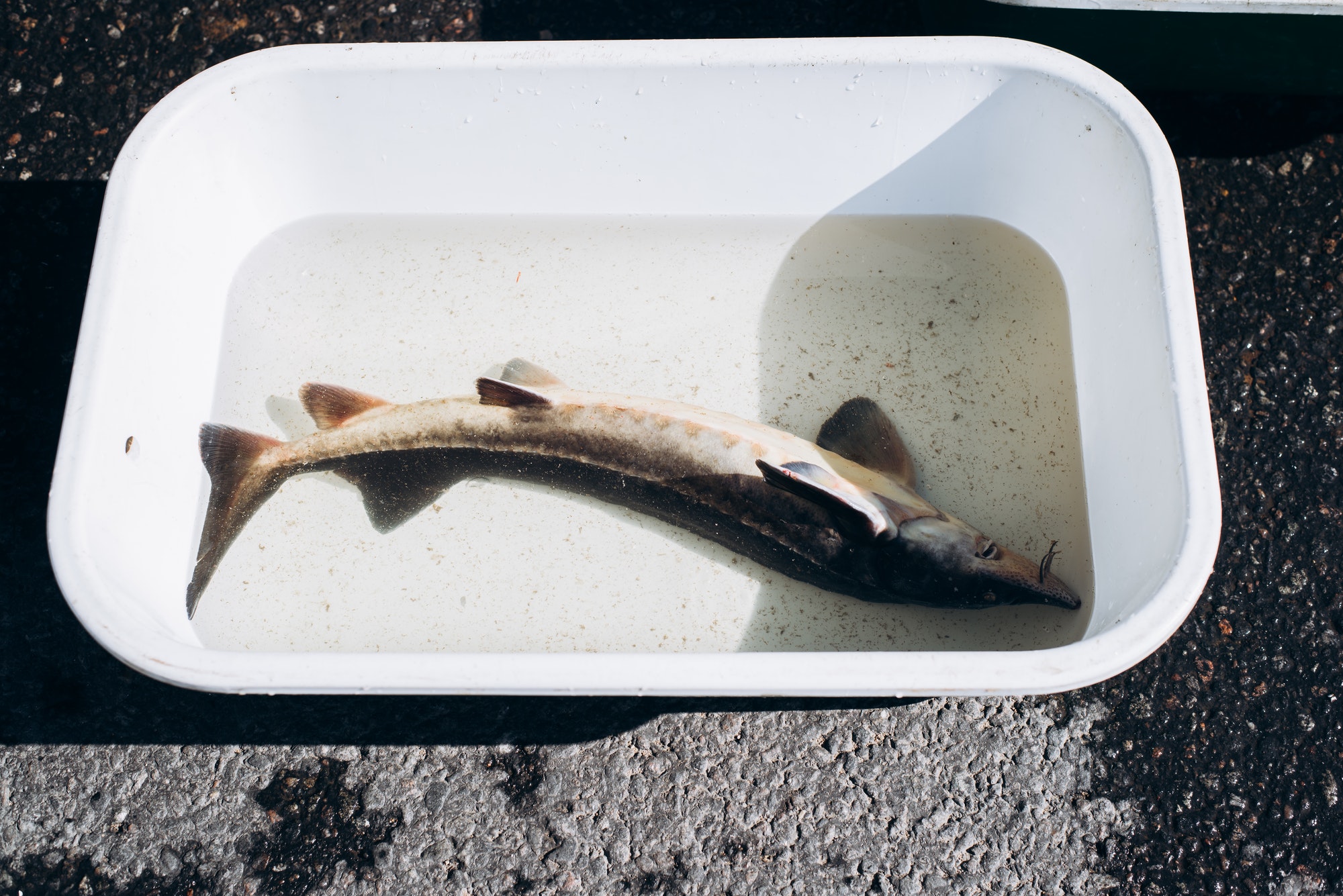
Bluegill
“Bluegills are one of the easiest fish to catch, and they taste great too. They can be found in any freshwater lake, but Lake Isabella is a perfect place to fish for them. Most of the bluegills in Lake Isabella are no bigger than 12 inches long, but they’re not picky eaters and will bite on just about any type of bait.”
Bluegill is a type of sunfish found in many lakes across the country. They are a popular target for anglers because they make great table fare and are relatively easy to catch.
Bluegill can be caught in and around French Gulch Marina, and they tend to bite best in the spring and summer months. You don’t need fancy equipment to catch bluegill; worms or mealworms will do the trick. In fact, 13 bluegills have been caught near here recently!
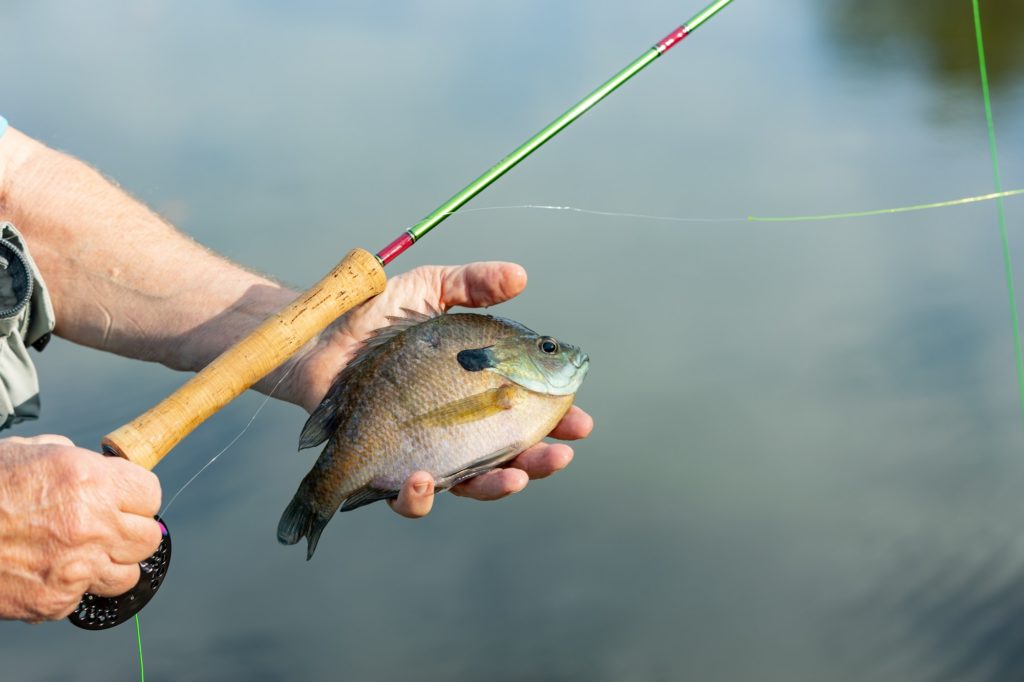
Lake Isabella Fishing Techniques
Lake Isabella provides a variety of fishing techniques that anglers can use to catch their desired fish species. Here are the most common techniques used in Lake Isabella:
Fly Fishing: Fly fishing is a popular technique in Lake Isabella for trout fishing. It involves using a lightweight artificial lure called a fly to mimic the movements of insects and other prey that trout feed on.
Spin Fishing: Spin fishing is a versatile technique that can be used to catch various fish species in Lake Isabella. It involves using a spinning rod and reel with a lure or bait.
Trolling: Trolling is a fishing technique that involves dragging a fishing lure or bait behind a moving boat. It is an effective method for catching larger fish species, such as bass and catfish.
Bait Fishing: Bait fishing is the most traditional and straightforward fishing technique. It involves using natural bait, such as worms or minnows, to attract fish.
Ice Fishing: Ice fishing is a technique used during winter in Lake Isabella. It involves drilling a hole in the ice and dropping a baited line through the hole to catch fish.
Other Activities at Lake Isabella
Lake Isabella is an excellent place for all sorts of activities. You can go mountain biking, fishing, horseback riding, and more on the trails around the park. Photographers will love the South Fork Wildlife Area just south of the lake, full of beautiful wildflowers and wildlife. If you’re looking for some action-packed fun, try out one of the many water sports available on Lake Isabella–boating, sailing/windsurfing, water skiing, etc. And if that isn’t enough for you, there are plenty of places to whitewater rafting, kayaking, and fishing nearby on Kern River.
In addition to all these great activities Lake Isabella has to offer its visitors, plenty of amenities are nearby. The harbor view calendar tells you what events are happening at the harbor, so you don’t miss anything special. The events calendar includes information about all types of events in the area, so there’s something for everyone. The map will help you find your way around and make sure you don’t miss any hidden gems while exploring the park. There’s even a wheelchair-accessible picnic area with tables and grills to cook up your catch from fishing!
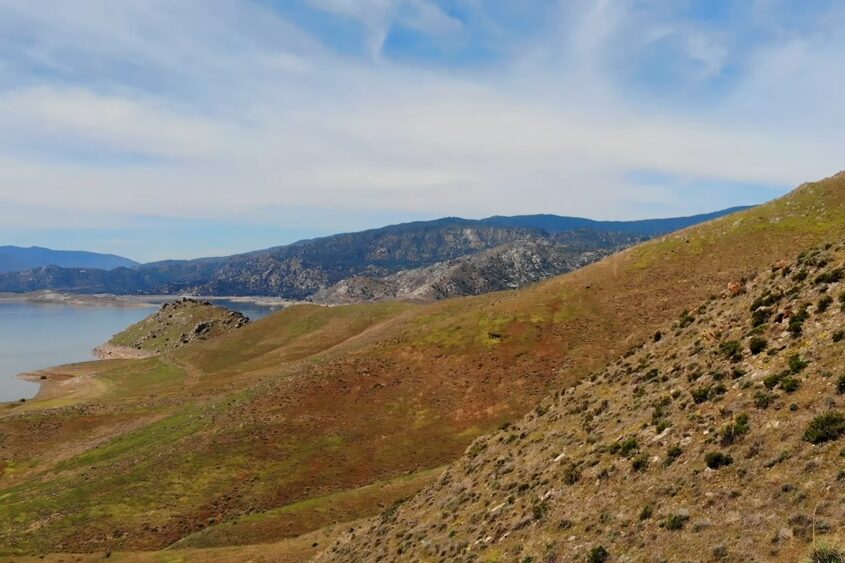
Conclusion
Lake Isabella is a fantastic destination for fishing enthusiasts, offering a diverse fishing experience with various fish species and fishing techniques. Whether you are a novice or an experienced angler, there is something for everyone in Lake Isabella. Just remember to research, plan accordingly, and follow the fishing regulations to have a successful and enjoyable fishing experience.
FAQs
Do I need a fishing license to fish in Lake Isabella?
Yes, you need a valid California fishing license to fish in Lake Isabella.
What fishing techniques can I use in Lake Isabella?
You can use various fishing techniques in Lake Isabella, including fly fishing, spin fishing, trolling, bait fishing, and ice fishing.
What are the fishing regulations in Lake Isabella?
Lake Isabella has fishing regulations that anglers must adhere to, including fishing license requirements, bag and size limits, and restricted areas.
What is the best time to fish in Lake Isabella?
The best time to fish in Lake Isabella is early in the morning or late in the afternoon when the fish are most active.
